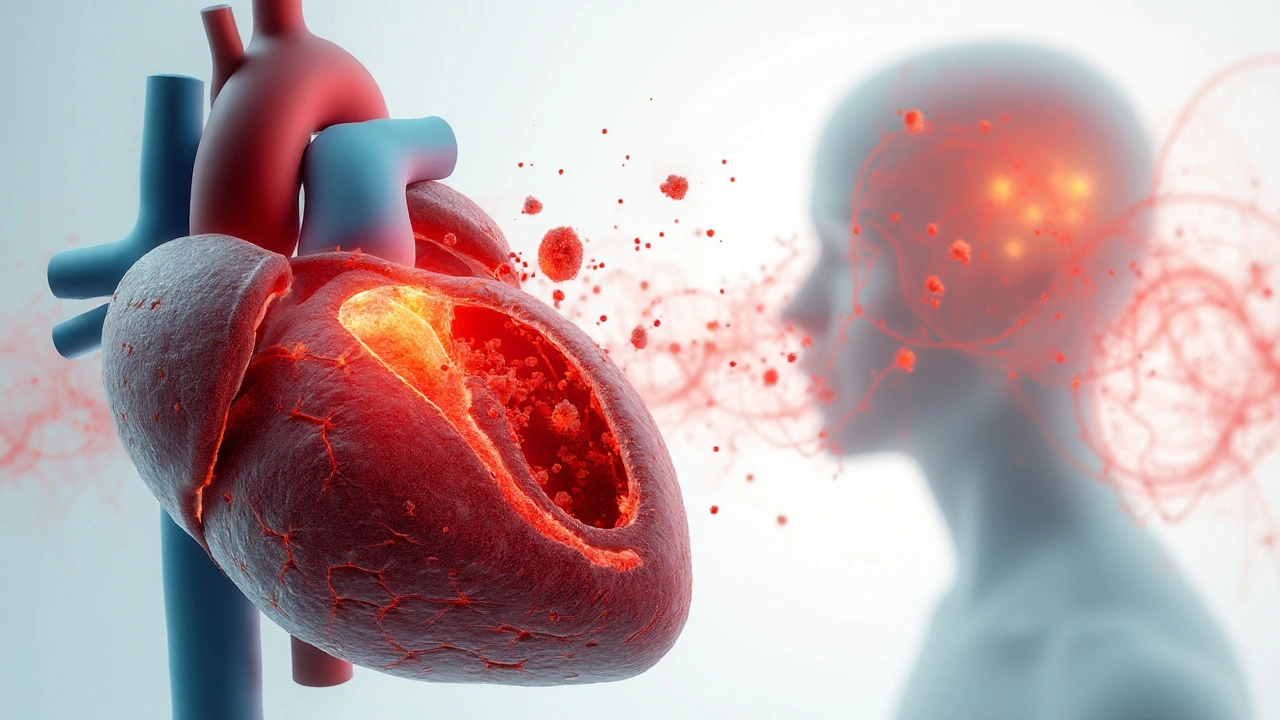Stroke Risk: What Raises It and How to Cut It Down
When you hear the word "stroke," most people picture a sudden, scary event. The good news is that many strokes are preventable if you know the risk factors and act on them early. Below you’ll find the most common things that push your stroke risk higher and easy tweaks you can start today.
Biggest Risk Drivers You Can Spot
High blood pressure. This is the top, no‑brainer cause. If you’ve ever been told your numbers are high, the odds of a stroke jump dramatically. Even a modest drop – say from 150/95 to 130/80 – can shave years off your risk.
Smoking. The chemicals in cigarettes damage blood vessels, making clots more likely. Quitting one pack a day can cut your risk by about half within a few years.
Diabetes. When blood sugar stays high, it weakens arteries and fuels clot formation. Keeping your A1C under control is a direct line to lower stroke odds.
High cholesterol. Bad LDL cholesterol builds plaques that can burst, sending a clot into the brain. A simple blood test tells you if you need a statin or diet change.
Heavy drinking. More than three drinks a day for men or two for women raises blood pressure and adds to clot risk. Cutting back or going alcohol‑free makes a noticeable difference.
Simple Lifestyle Moves That Work
Now that you know the culprits, here’s how to fight back without turning your life upside down.
Get moving. Aim for at least 150 minutes of moderate activity a week – a brisk walk, cycling, or dancing. Exercise lowers blood pressure, improves insulin sensitivity, and boosts good HDL cholesterol.
Eat the brain‑friendly plate. Fill half your plate with fruits and veg, a quarter with whole grains, and the rest with lean protein. Foods rich in potassium (bananas, potatoes) and omega‑3s (salmon, walnuts) help keep blood vessels flexible.
Watch the salt. Too much sodium pushes pressure up. Try to stay under 2,300 mg a day – that’s about one teaspoon of table salt.
Stay on top of your meds. If your doctor prescribed antihypertensives, statins, or blood thinners, take them exactly as directed. Skipping doses can spike your risk overnight.
Check your numbers regularly. A quick at‑home blood pressure cuff or a yearly lab visit keeps you informed. Knowing where you stand makes it easier to act.
Preventing a stroke isn’t about one big change; it’s about stacking small, doable habits. Pick one or two to start, then add more as they become routine. Your brain will thank you for the extra protection.
Atrial Fibrillation and Embolism: What Causes Clots, Stroke Risk, and How to Prevent It
Why AFib leads to clots, how embolism causes stroke, who needs blood thinners, and how to cut risk-simple steps, evidence-backed tips, and clear checklists.
